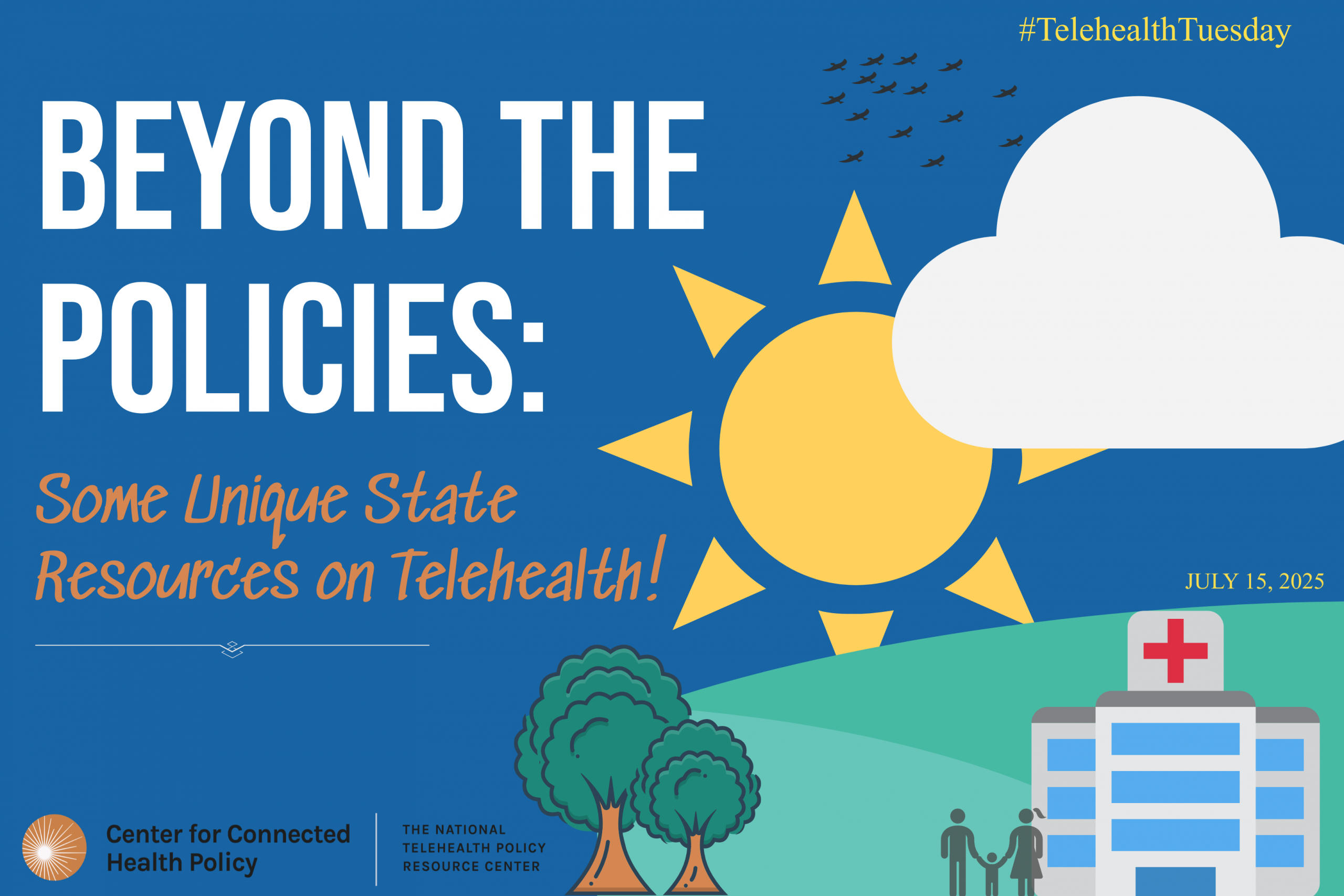Beyond the Policies, Some Unique State Resources on Telehealth

While many are likely familiar with the usual policy channels for telehealth in states, such as laws, regulations, Medicaid manuals, providers letters and bulletins, which comprise the majority of source information on the Center for Connected Health Policy’s (CCHP) Policy Finder, occasionally a state agency or other various organizations in the state may develop and make available additional valuable telehealth resources that readers may find helpful, yet they do not fit into the CCHP Policy Finder’s specific categories (which currently include Medicaid Reimbursement, Private Payer Policies, and Professional Regulation). Below are a few examples that demonstrate the variety of different materials that could be useful to patients, providers and policymakers.




